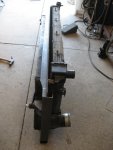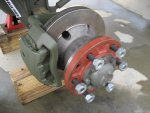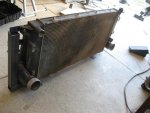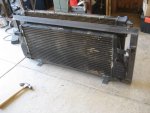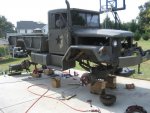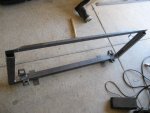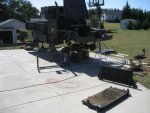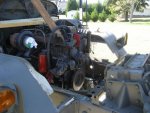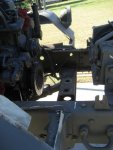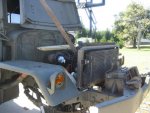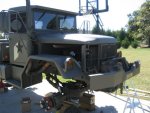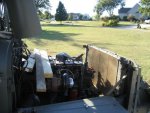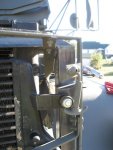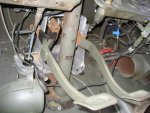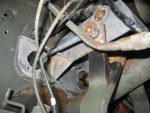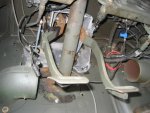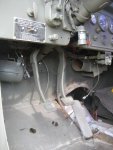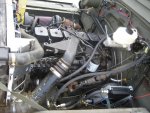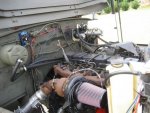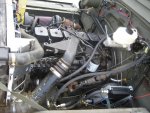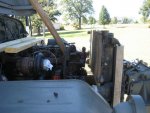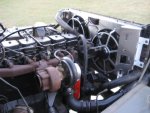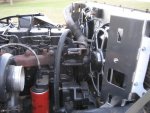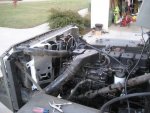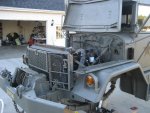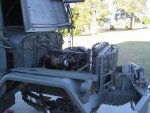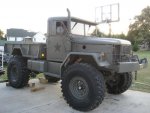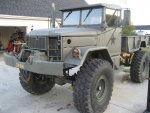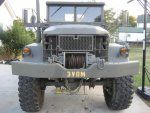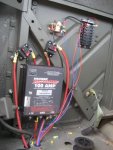mudguppy
New member
- 1,587
- 15
- 0
- Location
- duncan, sc
The following is the result of a week of vacation and the last few weekends, preceded by almost a year of research and planning.
Day 1 – Trans and Engine Pull
I originally would have started the afternoon before, but that never goes as planned. So first thing in the morning of now Day 1, I take a bunch of pics to document what went where before it never goes there again. Then begins the tear-down. The list of ‘Items to be removed’ is pretty extensive, as there isn’t much that will be retained in the power and braking department.
The trans was a bit fussy getting it fully extracted from the clutch, but came out none the worse for wear. Dropped it to the ground with PTO attached. Once the trans was out and rolling around on the floor jack, as expected, it really is hardly any larger than the NV4500 going back in its spot. Also removed at this time: PTO shift linkage, air pack, brake master cylinder, brake and clutch pedals. Now it’s on to the engine and known associates. Standard SOP for draining coolant, disconnecting lines and wires, and removing extremities such as air cleaner, exhaust piping, power steering pump, radiator, etc.
It’s good to know people: my neighbor has a tracked ‘Cat that was instrumental in pulling the multifuel out. Without help from him (and his machine), the engine would not have come out at such an installed height – lifting equipment is a must. Even w/ the ‘Cat, it didn’t want to come without a fuss. It took a good bit of connect/reconnect to get the angle correct for the front engine mount to clear the winch. Once this was cleared, backing it out of the truck was a little hairy – at one point, the ‘Cat was on its front (and final) roller, almost re-depositing the engine back in the truck. This would have been quite counter-productive. But it came out without actual incident.
While I had it (and help), the ‘Cat was used to greatly simplify pulling the wheels/tires and lowering the truck onto blocks for the rest of the work to be done. Once that was done I realized there was still a little bit of day light, so we chained up the awaiting Cummins and trans and slid ‘er in to see what fitment would look like. This allowed me to mark where the motor and trans mounts would be located. We also identified a few clearancing opportunities. Not bad for Day 1.
Day 1 – Trans and Engine Pull
I originally would have started the afternoon before, but that never goes as planned. So first thing in the morning of now Day 1, I take a bunch of pics to document what went where before it never goes there again. Then begins the tear-down. The list of ‘Items to be removed’ is pretty extensive, as there isn’t much that will be retained in the power and braking department.
The trans was a bit fussy getting it fully extracted from the clutch, but came out none the worse for wear. Dropped it to the ground with PTO attached. Once the trans was out and rolling around on the floor jack, as expected, it really is hardly any larger than the NV4500 going back in its spot. Also removed at this time: PTO shift linkage, air pack, brake master cylinder, brake and clutch pedals. Now it’s on to the engine and known associates. Standard SOP for draining coolant, disconnecting lines and wires, and removing extremities such as air cleaner, exhaust piping, power steering pump, radiator, etc.
It’s good to know people: my neighbor has a tracked ‘Cat that was instrumental in pulling the multifuel out. Without help from him (and his machine), the engine would not have come out at such an installed height – lifting equipment is a must. Even w/ the ‘Cat, it didn’t want to come without a fuss. It took a good bit of connect/reconnect to get the angle correct for the front engine mount to clear the winch. Once this was cleared, backing it out of the truck was a little hairy – at one point, the ‘Cat was on its front (and final) roller, almost re-depositing the engine back in the truck. This would have been quite counter-productive. But it came out without actual incident.
While I had it (and help), the ‘Cat was used to greatly simplify pulling the wheels/tires and lowering the truck onto blocks for the rest of the work to be done. Once that was done I realized there was still a little bit of day light, so we chained up the awaiting Cummins and trans and slid ‘er in to see what fitment would look like. This allowed me to mark where the motor and trans mounts would be located. We also identified a few clearancing opportunities. Not bad for Day 1.
Attachments
-
84.1 KB Views: 1,259
-
70.9 KB Views: 1,285
-
72.6 KB Views: 1,411
-
63.1 KB Views: 1,325
-
68.5 KB Views: 1,293
-
74.5 KB Views: 1,391
-
80.3 KB Views: 1,358
-
91.8 KB Views: 1,480
-
53.3 KB Views: 1,453
-
80.3 KB Views: 1,406
Last edited:



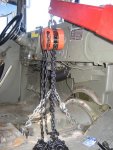
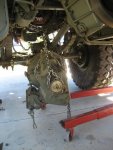
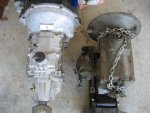
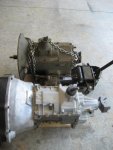
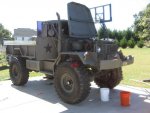
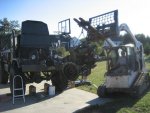
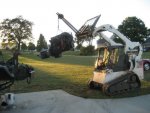
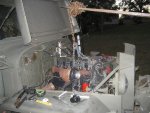
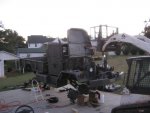
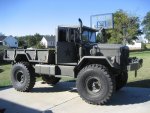
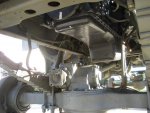
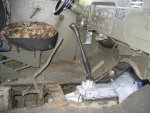
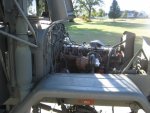
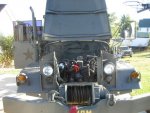
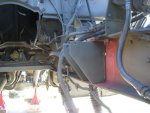
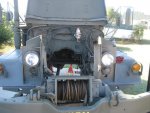
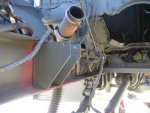
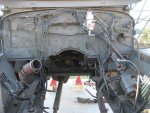
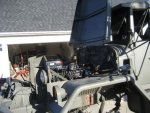
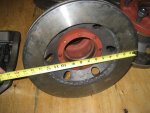
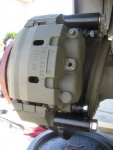
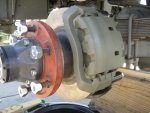
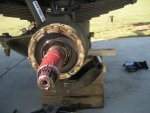
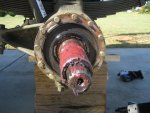
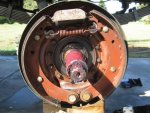
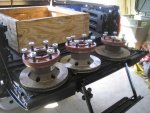
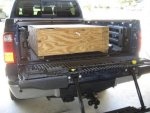
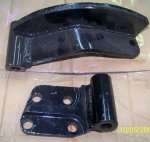
![001[2].jpg](/data/attachments/148/148252-149343db876f6956dead7bd6cf66135e.jpg)
